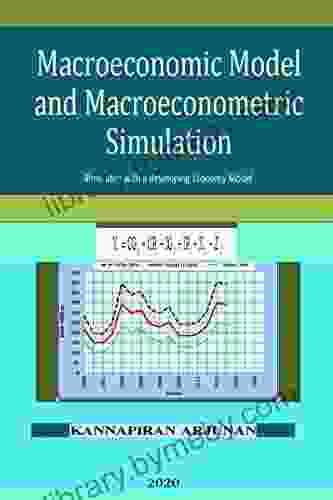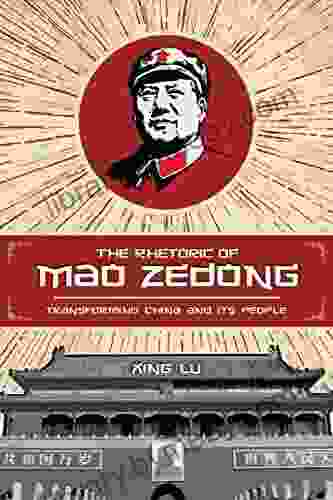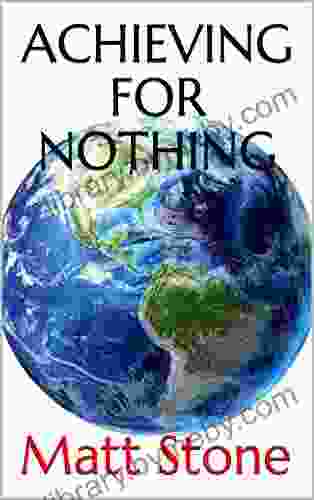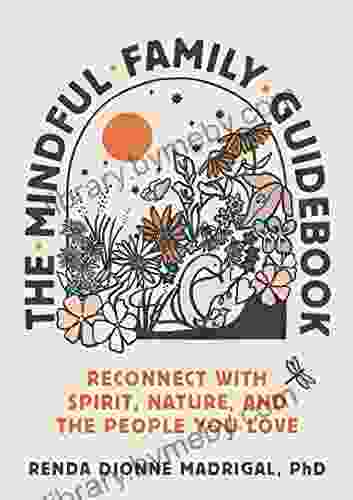Unveiling the Secrets of Economic Growth: An Exploration of Macroeconometric Models

The quest for sustainable economic growth has long captivated economists and policymakers around the globe. Developing economies, in particular, face unique challenges in achieving and maintaining robust growth rates. To effectively address these challenges, it is crucial to have a comprehensive understanding of the intricate relationships that govern economic behavior. Macroeconometric models have emerged as indispensable tools in this endeavor, providing a quantitative framework for analyzing and forecasting economic outcomes.
Macroeconometric models are mathematical representations of an economy's structure and behavior. They comprise a system of equations that capture the interactions between key macroeconomic variables, such as GDP, consumption, investment, government spending, and inflation. By solving these equations simultaneously, economists can simulate economic scenarios, assess the impact of policy interventions, and forecast future economic outcomes.
The development of macroeconometric models involves carefully selecting the variables to be included, specifying the relationships between them, and estimating the parameters of the equations. This process requires not only a deep understanding of economic theory but also proficiency in statistical and econometric techniques.
5 out of 5
| Language | : | English |
| File size | : | 3490 KB |
| Text-to-Speech | : | Enabled |
| Screen Reader | : | Supported |
| Enhanced typesetting | : | Enabled |
The Developing Economy Model is a purpose-built macroeconometric model designed to analyze the unique growth dynamics of developing economies. It takes into account the specific structural features of these economies, including:
- High levels of informality in the labor market
- Limited access to financial services
- Dependence on primary commodity exports
- Weak infrastructure
- Fiscal and monetary policy constraints
The Developing Economy Model incorporates these complexities to provide policymakers with a sophisticated tool for simulating growth scenarios, evaluating policy options, and forecasting economic outcomes. It has been successfully applied in various developing countries, contributing to informed decision-making and better economic outcomes.
The Developing Economy Model distinguishes itself from other macroeconometric models with its comprehensive coverage of development-specific factors and its ability to capture the dynamic interactions between the financial sector, real economy, and government policies.
- Disaggregated Private Consumption: The model explicitly accounts for the heterogeneity of households, considering different consumption patterns based on income levels, age distribution, and urbanization.
- Robust Financial Sector: It incorporates a detailed representation of the financial sector, capturing the role of banks, non-bank financial institutions, and financial markets in economic growth.
- Detailed Public Sector: The model simulates government revenue and expenditure dynamics, including taxation, public investment, and social spending, allowing policymakers to assess the impact of fiscal policies.
- Supply-Side Constraints: The model recognizes the importance of supply-side factors, such as infrastructure, human capital, and technological progress, in driving long-term growth.
- Dynamic Simulations: The model's ability to generate dynamic simulations allows users to explore the effects of different policy scenarios over multiple time periods, providing insights into the long-term consequences of economic decisions.
The Developing Economy Model finds widespread application in various economic policy arenas, including:
- Growth Forecasting: The model provides reliable forecasts of GDP growth, inflation, and other macroeconomic indicators, guiding policymakers in setting realistic economic targets.
- Policy Analysis: It enables policymakers to assess the potential impact of alternative policy interventions, such as fiscal stimulus, monetary easing, or structural reforms.
- Scenario Planning: The model helps policymakers prepare for potential economic shocks or external events by simulating crisis scenarios and evaluating mitigation strategies.
- Debt Sustainability Assessment: The model incorporates debt dynamics, allowing policymakers to evaluate the sustainability of public debt and assess the risks of debt distress.
- External Sector Analysis: The model incorporates international trade and financial flows, providing insights into the impact of global economic conditions on developing economies.
The Developing Economy Model is an invaluable tool for understanding and forecasting economic growth in developing economies. Its comprehensive coverage of development-specific factors and its ability to capture the dynamic interactions between the financial sector, real economy, and government policies make it a powerful resource for policymakers and researchers. By utilizing this model, developing economies can harness the power of data and econometrics to inform their economic policies, foster sustainable growth, and improve the well-being of their citizens.
5 out of 5
| Language | : | English |
| File size | : | 3490 KB |
| Text-to-Speech | : | Enabled |
| Screen Reader | : | Supported |
| Enhanced typesetting | : | Enabled |
Do you want to contribute by writing guest posts on this blog?
Please contact us and send us a resume of previous articles that you have written.
 Book
Book Novel
Novel Page
Page Chapter
Chapter Text
Text Story
Story Genre
Genre Reader
Reader Library
Library Paperback
Paperback E-book
E-book Magazine
Magazine Newspaper
Newspaper Paragraph
Paragraph Sentence
Sentence Bookmark
Bookmark Shelf
Shelf Glossary
Glossary Bibliography
Bibliography Foreword
Foreword Preface
Preface Synopsis
Synopsis Annotation
Annotation Footnote
Footnote Manuscript
Manuscript Scroll
Scroll Codex
Codex Tome
Tome Bestseller
Bestseller Classics
Classics Library card
Library card Narrative
Narrative Biography
Biography Autobiography
Autobiography Memoir
Memoir Reference
Reference Encyclopedia
Encyclopedia Scott Lillie
Scott Lillie Pat Mullaly
Pat Mullaly Yuri Leving
Yuri Leving Lelia O V Hinton Crowders
Lelia O V Hinton Crowders Mary Moriarty
Mary Moriarty Mary Austin
Mary Austin Moshe Harel
Moshe Harel Thomas Pramendorfer
Thomas Pramendorfer Malachi Martin
Malachi Martin Lawrence Dawson
Lawrence Dawson Z B Hill
Z B Hill Kyle Anthony
Kyle Anthony Richard J Gilbert
Richard J Gilbert Suzuki Aika
Suzuki Aika Steven M Nolt
Steven M Nolt Matthew Piepenburg
Matthew Piepenburg Tom Watson
Tom Watson Ronald Destra
Ronald Destra Rae Knightly
Rae Knightly Melissa Hart
Melissa Hart
Light bulbAdvertise smarter! Our strategic ad space ensures maximum exposure. Reserve your spot today!
 Walt WhitmanFollow ·8.6k
Walt WhitmanFollow ·8.6k Elliott CarterFollow ·8.7k
Elliott CarterFollow ·8.7k Christian BarnesFollow ·4.1k
Christian BarnesFollow ·4.1k Esteban CoxFollow ·13.3k
Esteban CoxFollow ·13.3k Carter HayesFollow ·6.6k
Carter HayesFollow ·6.6k Tyrone PowellFollow ·3.3k
Tyrone PowellFollow ·3.3k Jules VerneFollow ·16k
Jules VerneFollow ·16k Samuel WardFollow ·9.6k
Samuel WardFollow ·9.6k

 Clay Powell
Clay PowellDiscover the Enigmatic Beauty and Profound Meaning in...
An Exploration of Emptiness, Fulfillment,...

 Brenton Cox
Brenton CoxThe Life and Times of the Woman Who Changed Abortion: The...
Norma McCorvey, the woman known...

 Darius Cox
Darius CoxBest 60 Short Hairstyles For Women With Thick Hair: A...
Embracing the beauty of...

 John Parker
John ParkerThe Healthy Pregnancy Book: Your Essential Guide to a...
Pregnancy is a...
5 out of 5
| Language | : | English |
| File size | : | 3490 KB |
| Text-to-Speech | : | Enabled |
| Screen Reader | : | Supported |
| Enhanced typesetting | : | Enabled |
















